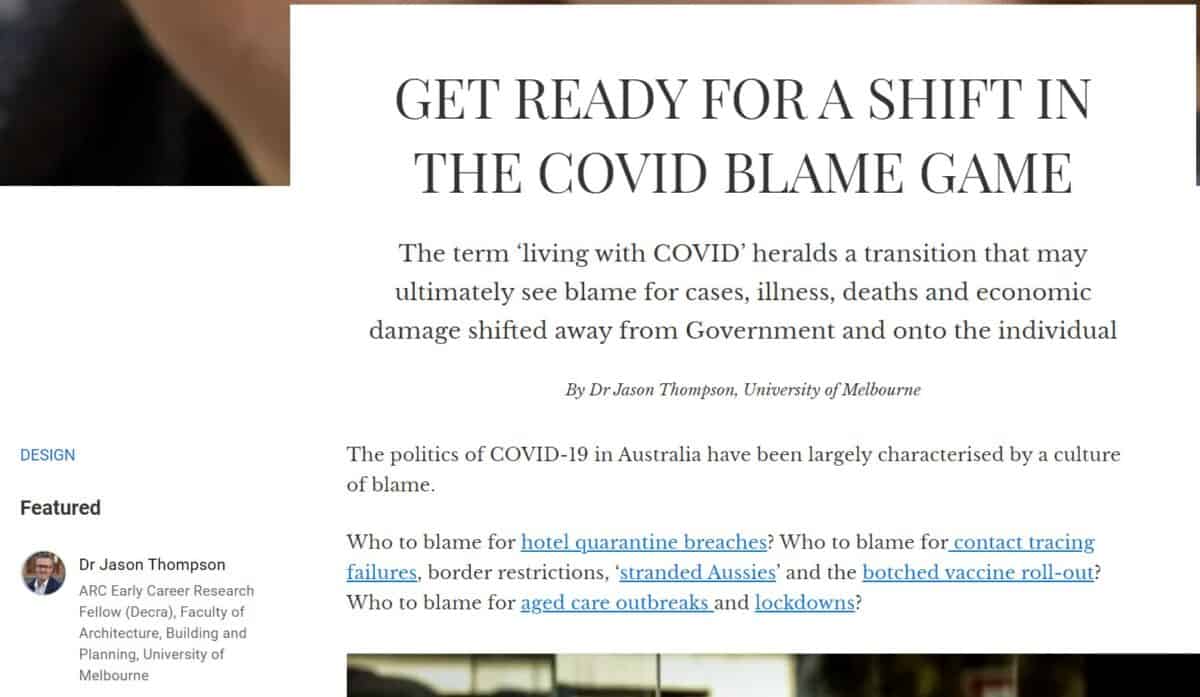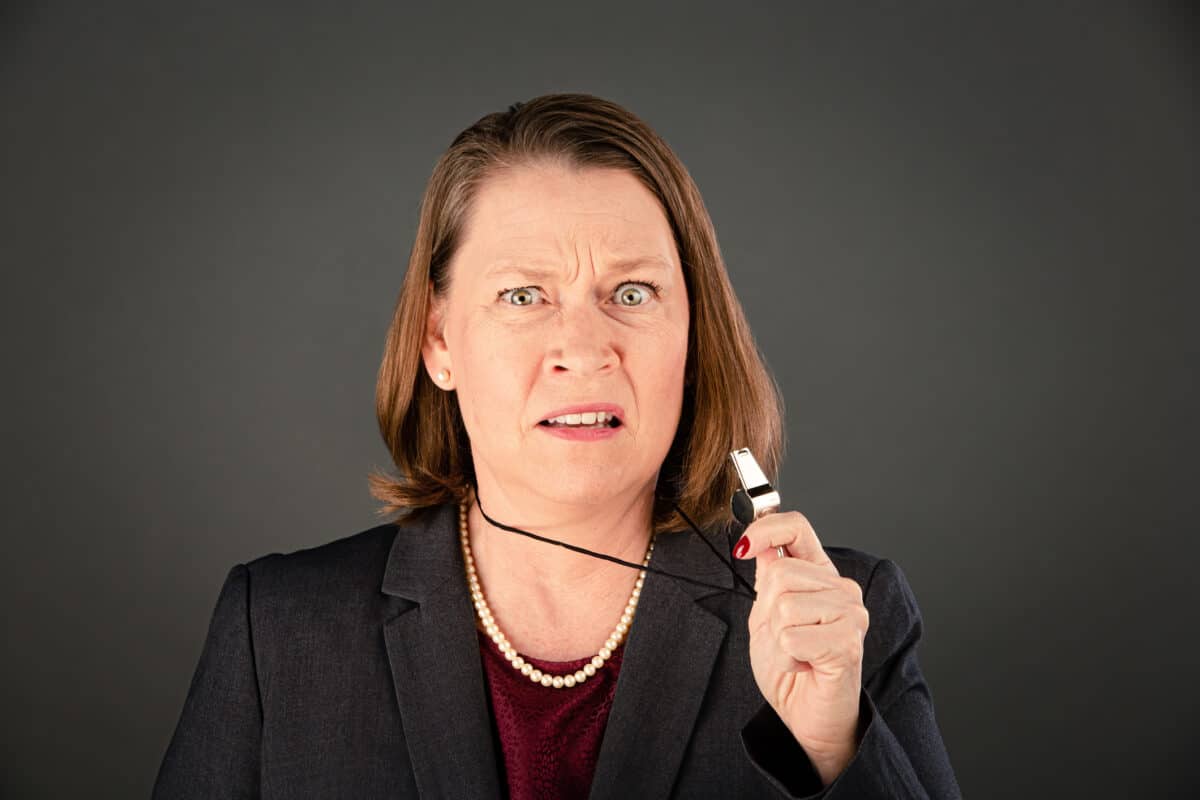Then submissions to the Senate Committee inquiry into the Sex Discrimination and Fair Work (Respect at Work) Amendment Bill reveal some interesting perspectives on occupational health and safety (OHS) from Australian businesses and other organisations.
The Kingsford Legal Centre says this of the work health and safety approach to sexual harassment:
“WHS law is designed to manage work health and safety risks which are many and varied and are distinct from gendered violence and discrimination. Many cases of sexual harassment and sex discrimination are not an easy fit for the WHS framework. WHS legislation is state and territory based and relying on WHS legislation does not address the Commonwealth’s international human rights obligations under the Convention on the Elimination of All Forms of Discrimination against Women (CEDAW). In also not naming the gendered nature of the issue, WHS law risks overlooking keys to prevention and culture change which are central to the Respect@Work Report.
While WHS processes may in some cases run parallel to complaints of discrimination or sexual harassment, there are fundamental ways in which WHS law differs in the management of claims. Most obviously there is not a clear process for people who have experienced discrimination and harassment to be allowed to speak through a conciliation process about the impact of such behaviour on them and seek specific forms of redress. We know from our research in this regard that this process is important in resolving complaints impacting on human rights and reflects a complainant-centred process. WHS law does not approach injuries in such a way.”







